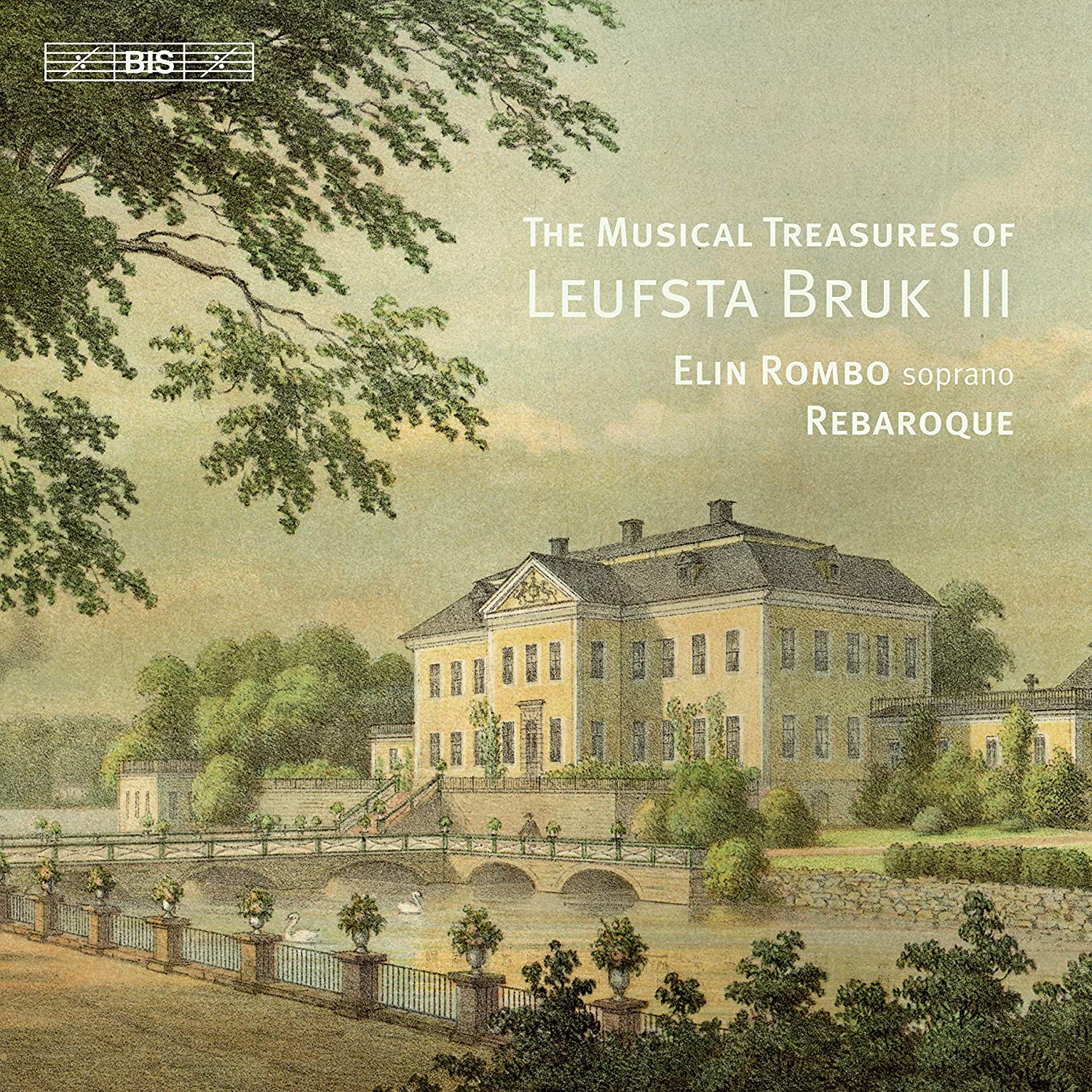Elin Rombo soprano, Rebaroque
61:18
BIS-2354 SACD
Click HERE to buy this on amazon.co.uk
This third CD of music from the collection of Leufsta Bruk manor house in Sweden concentrates on music for soprano and instruments, and for solo organ. The latter, a sonata by F. I. de Boeck, is played by Peter Lönnerberg on the Cahmanorgeln in Leufsta Bruk church – this magnificent Baroque instrument on 1728 is illustrated on the back of the programme booklet. The CD opens with several psalms from the Svenska Psalmboken sung by Elin Rombo, either unaccompanied, with the accompaniment of the organ or a string ensemble. As the original source is for voice and BC, I am little suspicious of the rather over-Romantic suspension-laden string accompaniment. The performances are also a little mystical to be entirely convincing accounts of psalms in this period. Of the four named composers, two, Hinrich Philip Johnsen and Conrad Friedrich Hurlebusch, have close Swedish connections; de Boeck is probably the Antwerp organist of this name and Pierre- Alexandre Monsigny was a French composer of operas. The collection was assembled by Charles De Geer throughout the middle part of the 18th century and was catalogued in 1763 by his son and namesake. The soprano soloist manages a beautifully focused sound for her accounts of the psalms, but when it comes to the Hurlebusch cantata she clearly feels that more vibrato is appropriate – I’m not sure I agree. This unfortunately persists in the most substantial work on the CD, Johnsen’s Kyrko-Musique på Påsk-Dagen, a charming setting for soprano, strings and organ of various liturgical and instrumental interludes for Eastertide. This is delightfully characterful music. The three arias by Monsigny and anonymous which complete the CD are also engaging pieces. The two anonymous arias have both been arranged from melody and BC to accommodate the present forces – I have no objection to this, as the music in family albums such as De Geer’s would have been consistently adapted to suit the musicians available to play on any particular evening. I do question the Pärt-like minimalist drones which characterise the arrangement of the final hymn and indeed the opening psalm – as the programme note puts it ‘past and present meet’, but maybe only in the imagination of the arranger…
D. James Ross
